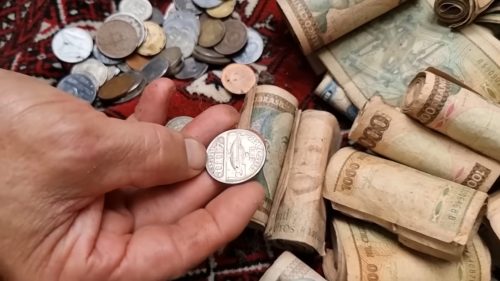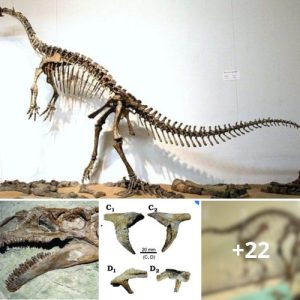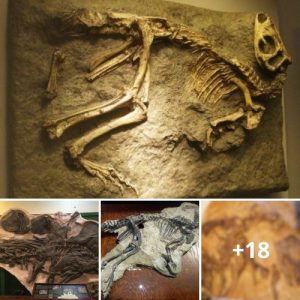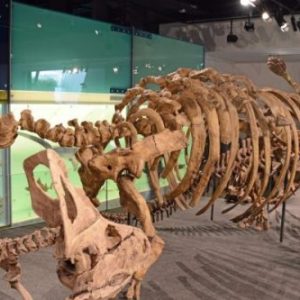
The Silk Road, often referred to as the “Silk Route,” is an ancient network of trade routes that connected the East and West, facilitating the exchange of goods, culture, and knowledge. This historic trade route, which spanned across Asia, the Middle East, and parts of Europe, played a crucial role in shaping the course of history. The Silk Road was not merely a conduit for goods; it was a bridge between civilizations, leading to the exchange of ideas, technologies, and, of course, treasures. In this article, we will delve into the fascinating world of Asia’s Silk Road treasures, exploring the rich tapestry of trade and culture along this ancient route.
The Origins of the Silk Road:
The Silk Road’s origins date back to the Han Dynasty of China, around the 2nd century BCE. The Chinese, known for their exquisite silk, sought to establish trade connections with the West. Initially, the route was used to transport silk, but it quickly evolved into a complex network of interconnected routes, including both overland and maritime segments. These routes passed through some of the most diverse and culturally significant regions of the world.
Trade and Treasures:
One of the primary reasons the Silk Road is famous is for the exotic and valuable commodities that traveled along it. While silk was an essential trade item, it was by no means the only one. The route also facilitated the exchange of precious gems, spices, textiles, metals, ceramics, and much more. Many of these goods, hailing from Asia, were highly sought after in the West, and the demand for such items sparked an unprecedented era of trade and cultural exchange.

The Road Less Traveled:
Trade along the Silk Road was not one homogeneous affair. Multiple interconnected routes crisscrossed Asia, often diverging and merging to avoid harsh terrains and political obstacles. Some of the major routes included the Northern Silk Road, the Southern Silk Road, and the Maritime Silk Road. Each had its unique challenges and offerings, and each contributed to the diversity of the treasures exchanged.
The City of Samarkand: A Jewel on the Silk Road:
Samarkand, located in modern-day Uzbekistan, was one of the most prominent trading hubs along the Silk Road. The city became famous for its architecture, culture, and the precious goods that passed through it. The Registan Square, with its stunning madrasahs and mosques, stands as a testament to the city’s grandeur and the riches it amassed from Silk Road trade.

Culture and Knowledge Exchange:
The Silk Road was not only about trading material goods but also about the exchange of culture, religion, and knowledge. Buddhist monks, Muslim scholars, and European explorers traveled along the Silk Road, sharing their ideas and experiences. This cross-cultural pollination was a crucial factor in the development of various societies and the growth of human knowledge.
Rediscovering Silk Road Treasures:
While many of the treasures from the Silk Road have found their way into museums and private collections worldwide, countless artifacts and historical sites remain hidden and unexplored. The ongoing efforts of archaeologists and historians continue to uncover new aspects of the Silk Road’s history and the treasures it holds. These findings shed light on the routes, goods, and stories of the people who traversed this ancient trade network.

The Silk Road was more than just a trade route; it was a conduit for cultural exchange, a bridge between East and West, and a repository of treasures from across Asia. The legacy of the Silk Road continues to captivate the imagination of scholars, adventurers, and history enthusiasts, as we unravel the mysteries of this ancient route, unearthing its treasures and the rich tapestry of trade and culture it wove across the continent of Asia. It serves as a testament to the enduring human spirit of exploration, curiosity, and the quest for knowledge and wealth.






